High Returns from Low Risk: A Remarkable Stock Market Paradox
$13.78
| Author(s) | |
|---|---|
| Pages |
150 |
| Format |
|
| Publication Year |
2017 |
High Returns from Low Risk proves that low-volatility, low-risk portfolios beat high-volatility portfolios hands down, and shows you how to take advantage of this paradox to dramatically improve your returns. Investors traditionally view low-risk stocks as safe but unprofitable, but this old canard is based on a flawed premise; it fails to see beyond the monthly horizon, and ignores compounding returns.
Author’s Introduction:
This book reveals a story about the stock market which will change the way you think ABOUT INVESTI NG. It is a story about a paradox I stumbled upon many years ago, one that still amazes me today. It is the story of an ‘inconvenient truth’ for economics professors as it turns their models upside down. A delusional story for professional investors who are managing other people’s money.
It’s also a personal story which will make you smile and wonder. But most importantly, it’s a story that will help you become a better investor, as it describes how to turn scientific insights into profits. It is the modern stock market equivalent of ‘the tortoise and the hare’: a remarkable tale of how low-risk stocks beat high-risk stocks.
My goal is to explain this stock market paradox to you as I would explain it to my father. He is a retired businessman with stock market investing experience. Although he is not an expert in finance, he is a wise man with an entrepreneurial mindset. He has taught our family to respect classical virtues such as prudence, patience, and persistence. Over the years I have discovered that there is a close link between these principles and successful investing. By referring to his values, I will explain this paradox in an understandable way. If my father can understand this story, you might understand it as well.
Contents:
- The Opposite of What You’re Aiming For
- Mr Thrifty Enters the Stock Market
- The Tortoise Beats the Hare
- A Little Bit Is Enough
- Ignoring the Eighth Wonder of the World
- It’s All a Matter of Perspective
- The Dark Appeal of Risk
- Buy Them Cheap and Remember the Trend Is Your Friend
- All Good Things Come in Threes
- Spotting Tortoises and Hares
- Slice and Dice, But Do It Wisely
- Sit Back and Relax
- Trade Little, Be Patient
- The Biggest Victory of All
- The Golden Rule
- The Paradox Is Everywhere
- Will the Paradox Persist?
- Final Reflections
High Returns from Low Risk: A Remarkable Stock Market Paradox By Pim van Vliet pdf
16 reviews for High Returns from Low Risk: A Remarkable Stock Market Paradox
Clear filtersOnly logged in customers who have purchased this product may leave a review.

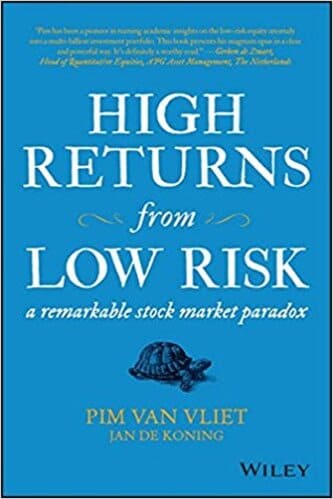
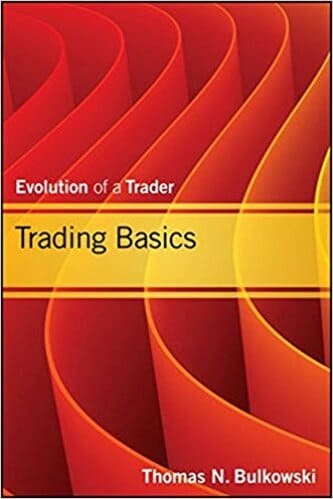
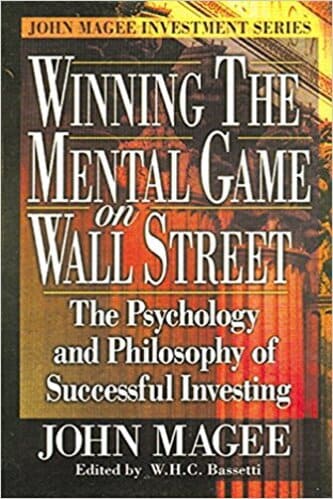
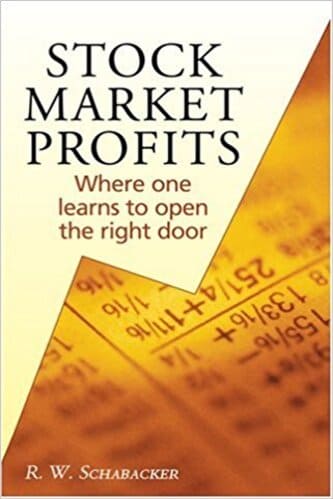
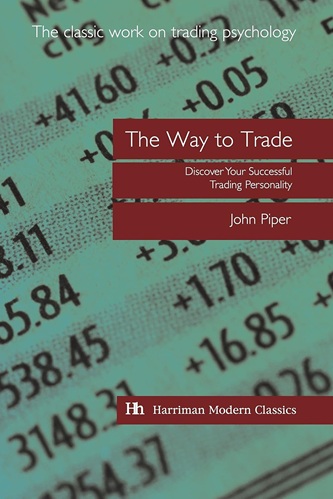
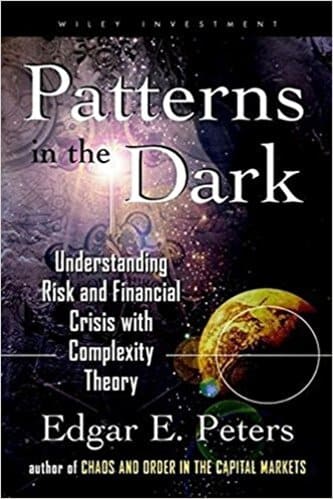
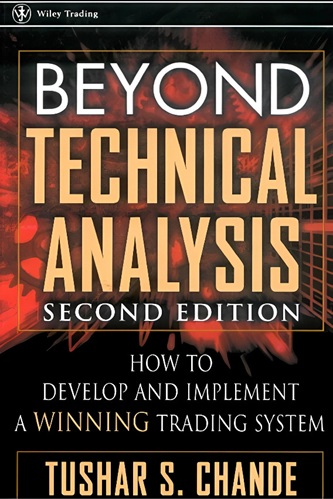
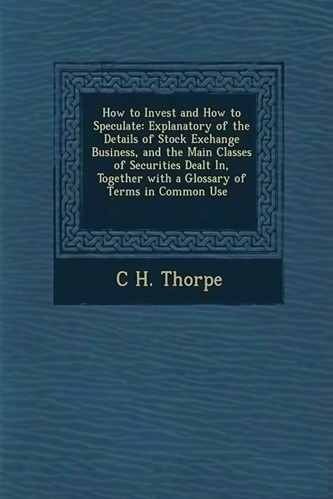
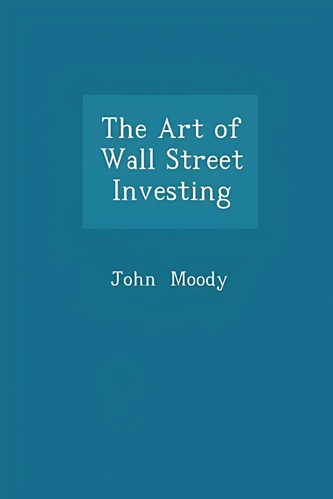
Carmen Frost (verified owner) –
The best definition of investing is given by Benjamin Graham in his book The Intelligent Investor: “An investment operation is one which, upon thorough analysis, promises safety of principal and an adequate return. Operations not meeting these requirements are speculative.” The book High Returns from Low Risk, which explains how low-risk investing can still lead to attractive equity returns, is perfectly in line with this definition. It is about evidence-based investing (thorough analysis), equity capital preservation by investing in low-risk stocks (safety of principal) and surprisingly high returns (adequate return).
This book brings investing back to the core and keeps it simple. Its advice: focus on the things you can control most as an investor, such as risk and the important equity return component income (total yield from dividend and share buybacks). This allows you to make conservative equity investments, which steadily increase your wealth and allow you to sleep well at night.
To really profit from this, though, you require patience, a long-term orientation, and the character to stick with these conservative equities through thick and thin. In other words, you have to behave as an investor (there is nothing wrong with getting rich slowly) rather than a speculator (going for the quick win and running the risk of having your returns wiped out). The fourteenth chapter, The Biggest Victory of All, will keep you on the right track and I recommend every investor to read it with special attention.
Kaysen Russo (verified owner) –
Pim van Vliet runs one of the oldest and most successful Low Volatility funds in the world, which has now flowered into Robeco’s Conservative Equities brand of funds. It is noteworthy that it is not referred to as “low volatility,” because when he began this strategy in 2006, low volatility was not a ‘thing.’ High Returns from Low Risk is targeted at airport readers and casual investors, and is a quick read that makes a profound point: objectively, high volatility stocks are bad investments.
While students are taught that expected returns are an increasing linear function of risk, within most asset classes, highly risky assets generate consistently lower returns than do those with average risk, and, after transactions costs are included, risky asset classes, such as options, are horrible investments for individual investors, the more so the riskier the option. Risky assets attract excessive interest from investors, and academics help them rationalize this adverse preference through their extensions of the Capital Asset Pricing Model (CAPM), all of which are very rigorous, but wrong. The “low vol” anomaly is not restricted to developed country equities. He has found it in emerging markets, and within equity industry sectors. He notes it has been found in corporate bonds, equity options, movies and private equities, but he could have added penny stocks, IPOs, real estate, currencies, futures, and sports books.
Pim recounts his discovery and implementation of the low volatility edge. In one anecdote, he credits his colleague David Blitz for noting that relative rather than absolute performance affects investment manager: underperforming is a greater threat to a long-only portfolio manager than is losing money. That is, if you lose 10% in a market that is down 10%, you did average, and your assets under management will probably not be decreasing. However, if you make only 5% in a market up 15%, assets will go down. Risk is symmetrical: it can be too great or too little, because if you take too little risk, you will underperform in bull markets, which is just as bad as those who take too much risk and underperform in bear markets.
This discovery implied it would not be an easy sell to tell investors that his low-vol tilt generates better returns merely because they have lower volatility, because they would have higher relative volatility. Yet this could be precisely why the strategy presents an opportunity, in that, for a portfolio manager, ‘low risk’ is actually ‘average risk,’ so risk averse professionals do not invest in low, but rather in average beta stocks (aka, closet indexing).
He presents a “law of three”—omne trium perfectum—all good things come in threes. In this context, the law of three is low vol, momentum, and value. His value metric is a form of price-to-income ratio, such as dividend yield or P/E. I am skeptical of a law stating 3 is the cardinality of attributes for Platonic forms, but agree that, in this case, it is a handful and not a factor zoo of dozens.
His portfolio formulation is refreshingly clear. First, normalize momentum and value using percentiles, sum them, apply to the “low vol” half of stocks, and viola, you have a darned good portfolio. Investors would be wise to follow simple rules for investing. Those with the humility that comes from wisdom will be relieved to know that they can optimize their investments by merely focusing on lower-than-average risk stocks that make money, generate dividends, and have performed well. Those who need the advice most—average equity investors—are least likely to take it.
Kenji Woodward (verified owner) –
One of the best book I have ever read on investing, the principles and fundamentals will stay with me forever. Especialy if you believe and want to follow the rules: “Rule No.1 is never lose money Rule No.2 is never forget rule number one.”.
Rosalyn Costa (verified owner) –
This is a great book. It deserves to read by both serious investment professionals and DIY investors. The focus on low volatility investments was an eye opener for me and income and momentum factors resonated with me. The authors have managed to write a book that is easily read and entertaining as well as providing cutting edge research findings. It also ticks the box for a blend of author academic and practitioner background. I read it in 24 hours which is a first for me – I couldn’t put it down. There are actionable ideas that can be implemented at no cost. There is also a great underlying philosophy to investing and life that readers can benefit from.
Drew Macias (verified owner) –
An excellent presentation and justification of a valuable insight. My only quibble is that it ignores a lot of complementary research (e.g. by Thorp, Cover, Ziemba, and Hakansson) from the capital growth/information theoretic/Kelly criterion approach, which also points out that over longer time horizons approaches with more risk aversion than implied by CAPM, mean/variance optimization, and VaR (in practice) tend to greatly outperform most other frameworks. This book could also have explicated the sort of investment behavior for which a high volatility approach works well as a way of underlining how unrealistic it is.
Steven Bennett (verified owner) –
Well researched and well written. Deep down inside, we all know the tortoise wins the race. But we really want to be a rabbit, enjoying speed and excitement. My question, and the authors’ question, do want to enjoy excitement or higher returns?
Buy this book, read it and implement a low risk strategy for your portfolio.
Rylan Welch (verified owner) –
A whole lot of condescending discussions, supported only by cartoon graphs (including cartoons of the authors and the Tortoise and Hare children’s tale). Please do not waste your money on this book. It will add 0% to what you know about investments and markets.
Josephine Stout (verified owner) –
Very concise, helpful and straight to the point.
Dario Pollard (verified owner) –
Nice book.
Tinsley Caldwell (verified owner) –
This is an insightful book providing a great introduction into the world of low-risk investing. Highly recommended for both beginners and professionals.
Elisabeth Pearson (verified owner) –
A concise, smart investing guide that lies within the reach of all investors. Pim van Vliet’s research on this market paradox is compelling and thorough. The book includes an accompanying site that contains a comprehensive data set for your own verification. Recommended reading.
Amira Hoffman (verified owner) –
Paradox is the keyword here, being a contrarian has benefits and I think this book is trying to get this message across.
Gunner Trejo (verified owner) –
This is a very fascinating book on an under-appreciated corner of finance, the low-volatility phenomenon. Pim does a great job at making a fairly complex financial analysis understandable to lay investors, and all of the data presented are made available to anyone who wants to explore the phenomenon for himself. Highly recommended.
Mae Lamb (verified owner) –
An absolute gem. It’s refreshing to see a unique and original book on investing. So many books say the same thing in a different way. This book is different and I highly recommend. This would also be a good gift idea.
Moshe Christensen (verified owner) –
A very interesting and significant book for any serious investor.
Callahan Jarvis (verified owner) –
Expected details and data on absolute and relative stock price volatility. Little of that. Author is earnest.